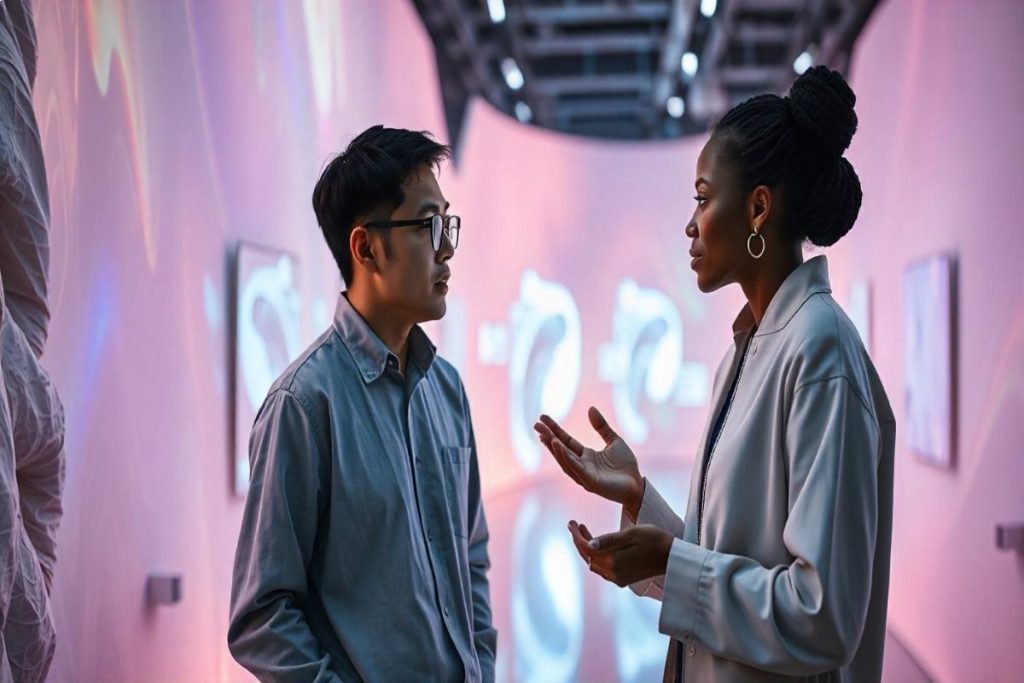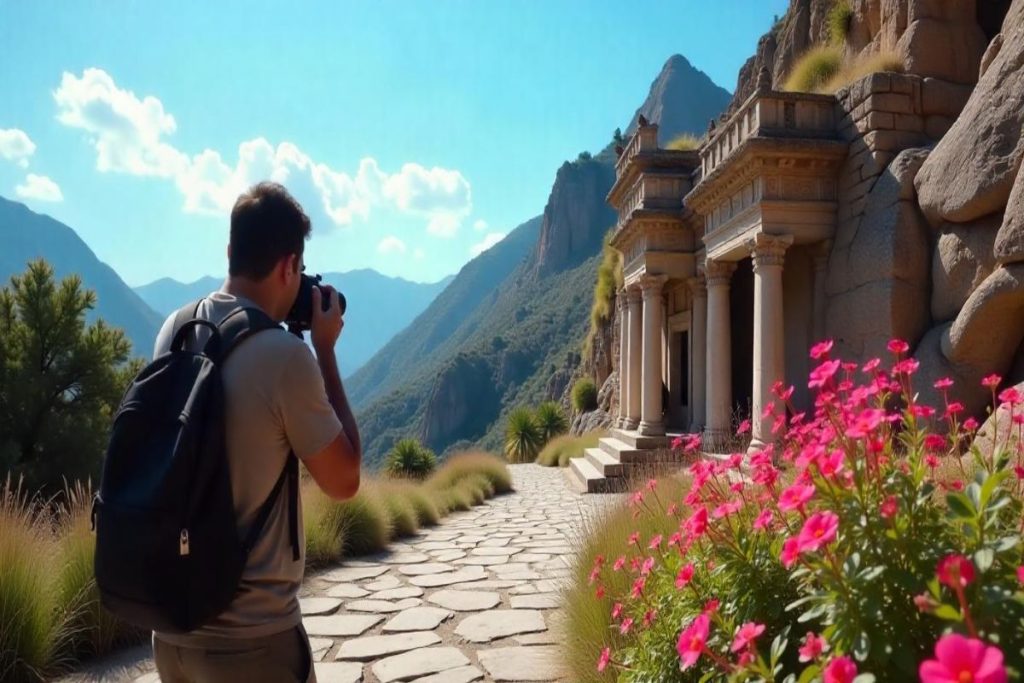The Intersection of Art and Technology
The fusion of art and technology has opened new avenues for creativity, redefining how we perceive and interact with culture. Digital tools and platforms empower artists to push boundaries, blending traditional techniques with cutting-edge innovations. This intersection has led to the emergence of dynamic, interactive art forms. It demonstrates how creativity and technology can coexist to create transformative experiences.
The Rise of Digital Art in Modern Culture
Digital art has revolutionized the art world, offering endless possibilities for expression. From virtual reality installations to NFTs, these new mediums are reshaping cultural landscapes. Artists can now reach a global audience instantly, making art more accessible than ever. This shift highlights the adaptability of culture in embracing technological change.
The Role of Artificial Intelligence in Creativity
Artificial intelligence (AI) is becoming a collaborator in artistic creation. AI tools help generate unique artworks, compose music, and even design fashion, bridging technology and culture. This partnership challenges traditional definitions of artistry and invites us to rethink the boundaries of human and machine creativity. The potential for innovation is vast, fostering an era of unprecedented collaboration.
How Technology Enhances Storytelling
Storytelling, a cornerstone of culture, has been transformed by technology. Virtual reality, augmented reality, and interactive media immerse audiences in narratives like never before. These tools allow creators to craft multi-dimensional experiences, making stories more engaging and impactful. As technology evolves, storytelling continues to adapt, preserving its role as a vital element of human connection.
The Impact of Social Media on Art and Culture
Social media platforms have become powerful spaces for showcasing art and fostering cultural exchange. Artists can connect with diverse audiences, share their work instantly, and collaborate globally. These platforms democratize the art world, enabling voices from underrepresented communities to gain visibility. The synergy between social media and art amplifies the reach of culture, breaking down barriers.
The Ethical Implications of Technology in Art
As technology shapes the art world, ethical considerations arise. Issues such as copyright, authenticity, and the digital divide challenge creators and audiences. The integration of technology in art calls for thoughtful dialogue about its impact on cultural practices. Addressing these concerns ensures that technological advancements support inclusivity and respect for artistic integrity.
The Role of Technology in Preserving Culture
Technology plays a pivotal role in safeguarding cultural heritage. Digital archives, virtual museums, and 3D reconstructions ensure that historical artifacts and traditions are accessible to future generations. These tools bridge the gap between the past and present, fostering appreciation and understanding of diverse cultures. The integration of technology in preservation highlights its potential as a powerful ally for heritage.
The Future of Art and Technology
The evolution of art and technology points to an exciting future. Innovations such as AI-driven creativity, immersive experiences, and decentralized platforms will continue to reshape cultural landscapes. As these fields converge, the possibilities for artistic expression are limitless. The future lies in embracing this synergy while preserving the essence of culture and tradition.
Conclusion
The new era of art and technology showcases the transformative power of innovation on culture. By embracing these advancements, we unlock new opportunities for creativity and expression. At the same time, it is crucial to address ethical challenges and preserve cultural heritage. This dynamic relationship between art and technology promises a vibrant and inclusive future for cultural expression.



